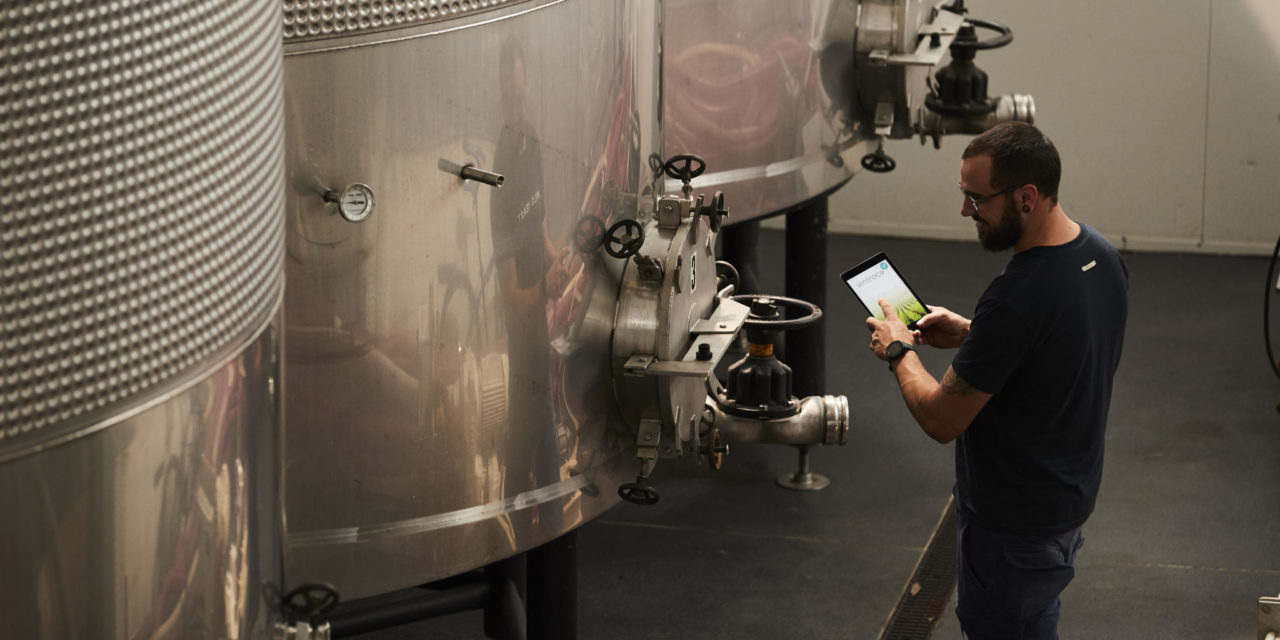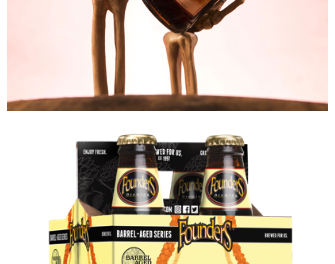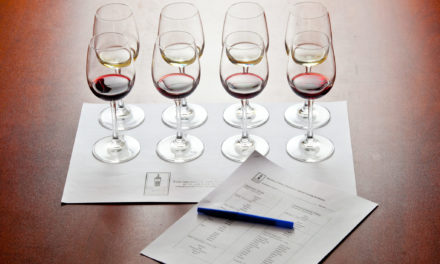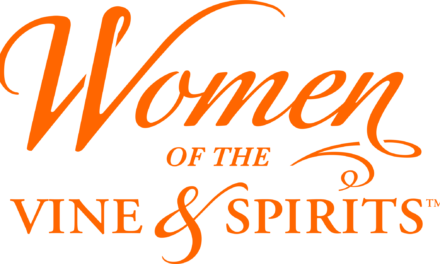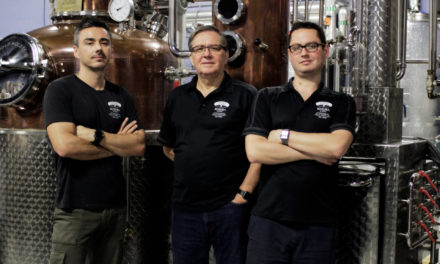Making wine or spirits has always been a dance between artistry and technical knowledge.
 Humans learned millennia ago that fruit left alone in an enclosed vessel would ferment into something delicious. Later, they discovered that different forms of vegetation yielded a rich variety of spirits. More experience taught them that different vessels, such as clay amphorae or wooden vats, could help them make an even better brew. But the flavor? Well, that required refined tastes.
Humans learned millennia ago that fruit left alone in an enclosed vessel would ferment into something delicious. Later, they discovered that different forms of vegetation yielded a rich variety of spirits. More experience taught them that different vessels, such as clay amphorae or wooden vats, could help them make an even better brew. But the flavor? Well, that required refined tastes.
Today, winemakers and distillers still rely on their own finely developed senses to tweak recipes and blends, even as modern technological advances help them take beverage production from the cellar to the cloud. Producers now can manage vast amounts of data while controlling fermentation remotely, using tools including specialized databases and temperature monitors that can automate a wide variety of tasks.
Freedom and control
iStill is a Netherlands-based company manufacturing automated distilling equipment that simplifies the work of craft distillers and has also lowered the cost of entry to the industry. A craft producer can start production for as little as $60,000, compared to the estimated cost of a traditional hybrid still and boiler—around $250,000, says Nate Thompson, operations manager of Corgi Distillery in Jersey City, N.J., who produces the company’s seven different gins almost exclusively with an iStill 500. “We also have a traditional still, but I don’t use it much. The more I learn with the iStill, the more I realize that it’s easier to use.”

“We look at the winery as a whole.” —Bob Richards, VinWizard (left)
A traditional still uses indirect heat generated through a boiler that pumps steam into the jacket. iStill employs a direct electric heater, much like a marine-grade water heater. The key difference between the two types of stills at Corgi, Thompson says, is the automation. “The traditional still is finicky. You have to have somebody watching it all the time to adjust how much steam is going into the heating unit, you have to monitor the flow of the cooling water, and you have to make sure the flow rate is the same from batch to batch.”
All that information, he says, is programmed and managed through the iStill’s computer, freeing the distiller to tend to other duties. “It’s a huge asset not to have to babysit [the still],” Thompson says. “I can do a bottling run while I’m distilling. I can check on it every 10 minutes or so, and I’m confident that it’s going to be functioning the way it’s supposed to be functioning. It’s a great piece of technology. It’s a distiller’s best friend.”
Building from the basics
Heat is a vital component in all alcohol beverage production, but especially in wine, where temperature directly affects the rate of fermentation and, ultimately, the final product. Winemakers often use probes to monitor the temperature in a tank, guiding them on when (and how often) to schedule pump-overs, for example. Automated systems like the ones offered by New Zealand-based VinWizard can also let them stay on top of myriad other production details, from the time they receive the fruit to the rate of fermentation to when to schedule cold stabilization.
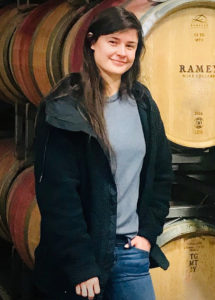
“In the future, we hope to see more seamless mobile functioning, as well as complete platform integration, with sales, marketing, and production completely integrated.” —Claire Ramey, Ramey Wine Cellars
“We look at the winery as a whole,” says VinWizard Managing Director Bob Richards. “Our clients start with temperature control, which provides a layer of intelligence over the tanks. Once that’s in place, they can bring in any other aspect through the same remotely accessible software interface.”
VinWizard’s multi-level probe uses a chain of sensors to show thermal stratification from the top of the tank to the bottom. It also offers 23 different modules that can run pump-overs at pre-set cap temperatures, automate the stirrers if the heat stratifies to a predefined level, or monitor for stuck valves, among other tasks. The system generates 3D graphs and charts showing individual data on each tank in a winery. And because it allows for remote operation of some menial chores, such as pump-overs and headspace gassing, it can create significant cost savings in labor and energy.
Richards says the company helped Casella Family Brands, owner of Yellow Tail Wines, one of Australia’s largest producers, save around $1 million in energy costs by scheduling some activities during off-peak hours. Coming soon to VinWizard’s product line, Richards says, is a Brix monitoring sensor—the “holy grail” of winemaking—which will measure the rate of change, letting a winemaker control the rate of fermentation.
VinWizard also interfaces with other software systems, such as Vintrace, an Australian company that introduced its winery management software in 2007. Both incorporate tools that organize data from the vineyard, the cellar, the lab, and the business office.
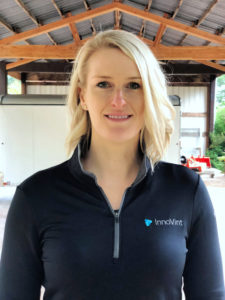
“Everyone wanted access to their work information from their personal devices, and they wanted it to be intuitive and cloud-based.” —Ashley DuBois, InnoVint
Wine industry veteran and InnoVint founder and CEO Ashley DuBois Leonard says that, in her days working in jobs from cellar rat to winemaker to general manager, she was “The user that had all the problems managing production data.” Data management systems she worked with in the winery were clunky and cumbersome, too complex for small wineries. Later, while working for a consulting company, she says, “I noticed a large mobility trend. Everyone wanted access to their work information from their personal devices, and they wanted it to be intuitive and cloud-based. At a winery, you have the vineyard team, the winemaking team, the lab team, and the finance team—all these departments needing to capture data and find value in the same set of product information. They needed a single source of truth.”
InnoVint today serves more than 550 wineries in the United States and Canada, from small, family-run producers to large multi-site custom crush facilities—on average ranging from a few thousand cases to hundreds of thousands of cases. The system manages vineyard data (growing season, maturity data), cellar data (fruit receiving, production activities, additives, analytics), and the back office (compliance reporting and indirect costs like utilities, overhead, and labor), giving producers a picture of the entire production cost from vine to bottle.
Working together
Vintrace introduced the first cloud-based data management system in 2007. Co-founder Josh Abra says his company is seeing growth around 30 percent per year. Based in Australia with an office in California, his system supports some 500 wineries around the world. The custom-crush market, he says, is a key segment of his business.
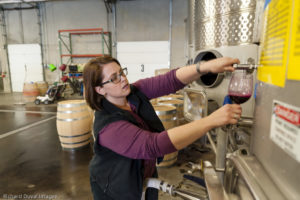
“At some level you wonder: How much is too much information? You could make yourself crazy.” —Hillary Sjolund, Wine Boss
Wine Boss, a custom winemaking company in Washington state, began using Vintrace in 2014; the system works together with its tanks equipped with TankNet technology. Winemaker Hillary Sjolund says the system’s mobility attracted the group. “If I’m on the road and somebody has a question, I can easily pull up the [for example,] 2016 Fidelitas Cab. I can look at what’s going on with that wine, where it’s at, what barrels it’s in, and the different cooperages we’re using in very, very precise detail.”
Abra points out that the system can also be a boon for small wineries. “Managing data is often more complicated for boutique wineries. They might only have one or two staff and they don’t have a lot of time, so they can’t be bogged down with software,” he explains. “All this data helps manage cash flow, so it’s critical to keep it current.”
In California’s Russian River Valley, family-owned Ramey Wine Cellars also uses Vintrace as its production database. Winery production equipment currently remains low-tech, according to Claire Ramey, “though that may change when we build a new winery in a couple of years.”
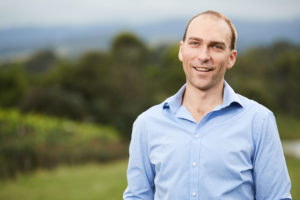
“All this data helps manage cash flow, so it’s critical to keep it current.” —Josh Abra, Vintrace
Vintrace attracted the Ramey team’s attention because of its flexibility and willingness to adapt to winery customers’ needs. Any problems they’ve encountered, Ramey says, are just part of the learning curve. “Most of the problems we encounter still stem from transitioning from pen, paper, and Excel to a comprehensive and complex production database, so we anticipate fewer and fewer disadvantages as we move forward. In the future, we hope to see more seamless mobile functioning, as well as complete platform integration, with sales, marketing, and production completely integrated.”
At Wine Boss, owner Charlie Hoppes and his team produce 45,000 cases of wine for around 20 different labels with the help of Vintrace. This means, “Our tracking software has to be good,” says Sjolund. But technology is never one-size-fits-all. Small wineries can operate with Excel, she points out, and Google docs can still be a useful tool for consultants, for example, who might be working with multiple clients using various management systems.
But as the dance between artistry and technology intensifies, Sjolund seeks a balance between the two. “All those toys are super fun, but at some level you wonder: How much is too much information? You could make yourself crazy,” she laughs.
The right technology can provide good information that informs good decisions, she says. And that’s important. “But what we’re tasting is still going to give us the most information. All those other things are just tools in the toolbox. Nothing replaces intuition and experience.”

